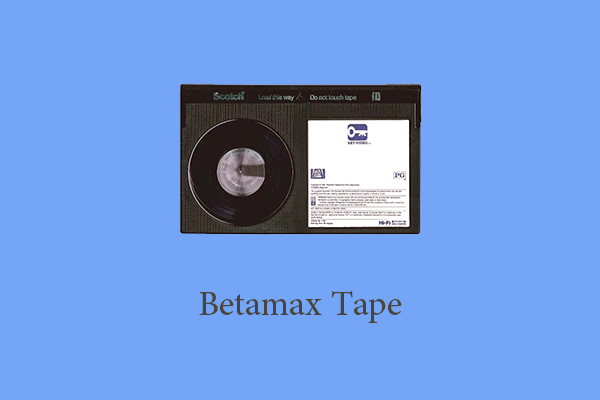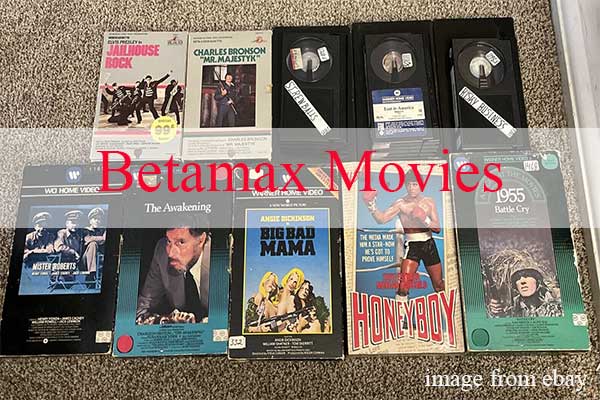In this article provided by MiniTool video-recording app, we'll take a journey back in time to explore what came before Betamax and VHS and the fascinating innovations that laid the groundwork for these iconic video formats.
In the realm of home video recording, Betamax and VHS are often remembered as the pioneers that revolutionized the way people consumed and preserved visual content. However, before the advent of these iconic formats, there were several intriguing developments that paved the way for the home entertainment revolution.
What was before Betamax? The following is the answer.
1. Reel-to-Reel Video Recorders
Long before the compact and convenient videocassette formats, reel-to-reel video recorders dominated the scene in the 1950s and 1960s. These early video recording devices employed magnetic tapes wound on large reels, akin to the ones used in audio tape recorders. While this technology was groundbreaking at the time, it was primarily used in professional settings due to its size, complexity, and high cost.
2. Cartrivision
In the mid-1970s, before Betamax and VHS hit the market, Cartrivision emerged as one of the first attempts at introducing video recording for the consumer market. Developed by AVCO, Cartrivision used a format that resembled an audio cassette but with added video capabilities. It allowed users to rent and record content on cartridges, making it one of the earliest instances of video rental services. Despite its innovations, Cartrivision faced challenges, including high retail costs and limited availability of pre-recorded content, leading to its eventual demise.
3. U-matic
The U-matic format, introduced by Sony in 1969, deserves mention as it was a significant milestone in magnetic tape-based video recording. Though primarily designed for professional use, U-matic was more compact and affordable than reel-to-reel recorders, making it popular in educational institutions and broadcasting settings. However, its size and cost still hindered widespread consumer adoption.
4. Betamax vs. VHS: The Format War
In the late 1970s and early 1980s, the competition between Betamax and VHS marked a defining moment in the history of home video recording. Sony introduced Betamax in 1975, offering better picture quality and first-mover advantage. However, JVC’s VHS, released a year later, provided longer recording times, lower manufacturing costs, and greater availability of pre-recorded content, ultimately leading to its dominance in the market.
5. The Rise of VHS and the Decline of Betamax
As VHS gained traction, Betamax found itself struggling to compete. Despite its superior picture quality, Betamax’s shorter recording times and limited content availability worked against its widespread adoption. VHS, with its longer recording capabilities and backing from major electronics manufacturers, quickly became the preferred choice for consumers. The format war between Betamax and VHS ended with VHS emerging as the clear winner, solidifying its place in the history of home video recording.
6. Betamax and VHS Legacy
While Betamax eventually lost the format war, it continued to be used in professional and niche markets for some time. Both Betamax and VHS formats coexisted for several years before the advent of digital video technology, which eventually replaced them both.
7. The Digital Age
With the arrival of DVDs and digital video formats in the late 1990s and early 2000s, the era of magnetic tape-based video recording came to an end. DVDs offered better picture quality, ease of use, and a compact size that made them the go-to choice for home video entertainment.
Conclusion: What Was Before VHS and Betamax?
The history of home video recording is a fascinating journey filled with technological advancements, format wars, and market dynamics. Before Betamax and VHS became household names, reel-to-reel video recorders, Cartrivision, and U-matic paved the way for the era of magnetic tape-based video recording. Ultimately, VHS triumphed over Betamax in the format war, shaping the landscape of home video entertainment for years to come. While the magnetic tape formats have faded into obscurity, their legacy lives on in the digital age, where digital streaming and on-demand services have transformed the way we consume and preserve visual content.
Related Articles





User Comments :